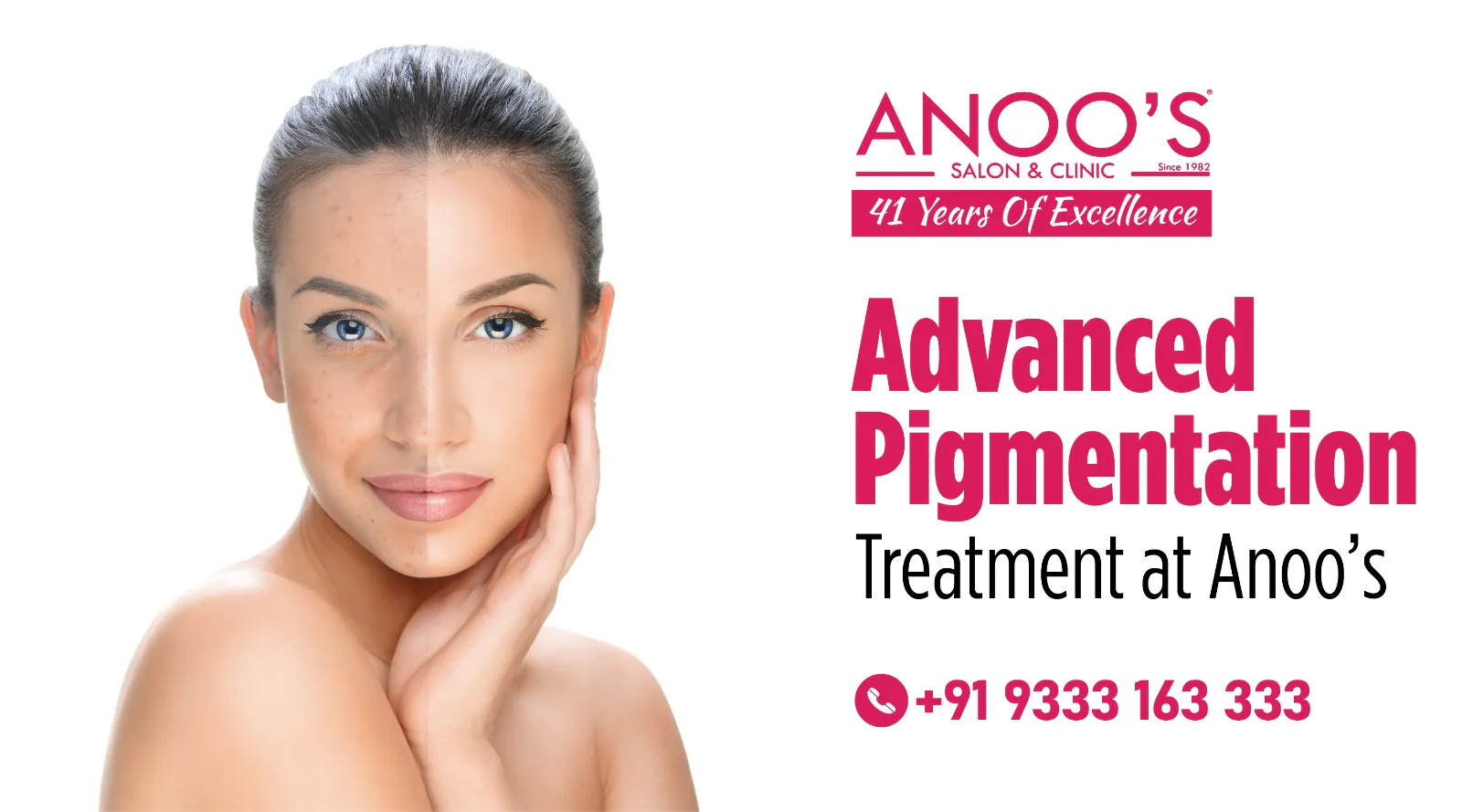
The Pigment Predicament: How to Treat Pigmentation on Different Parts of Your Body
Pigmentation is a common skin problem that affects people of all ages, genders, and ethnicities. It occurs when melanin, the pigment that gives color to our skin, accumulates in certain areas, resulting in dark spots, patches, or uneven skin tone. While pigmentation is not harmful, it can be unsightly and affect one’s self-confidence.
Face Pigmentation
The face is the most visible and delicate part of our body, and pigmentation on the face can be particularly distressing. To treat it on the face, you can try using a brightening serum or cream that contains ingredients like vitamin C, kojic acid, or arbutin. These ingredients help to reduce the production of melanin and promote skin cell turnover, resulting in brighter and more even-toned skin.
Another popular pigmentation treatment on the face is chemical peels. Chemical peels involve the application of a solution that exfoliates the top layer of the skin, revealing a smoother and more even-toned complexion. However, it is essential to consult a dermatologist before trying chemical peels, as they can be too harsh for some skin types.
Neck
The neck is another area that is prone to pigmentation, especially if you spend a lot of time in the sun or have a history of hormonal imbalances. To treat pigmentation on the neck, you can use the same brightening serums or creams that you use on your face. Additionally, you can try using a skin-lightening mask or patch that contains ingredients like niacinamide or liquorice extract. These ingredients help to reduce pigmented part and even out the skin tone.
Hands
This is on the hands is a common problem, especially as we age. To treat pigmentation on the hands, you can try using a hand cream that contains glycolic acid or retinol. These ingredients help to exfoliate the skin and promote cell turnover, resulting in brighter and smoother skin. Additionally, you can wear gloves when you are outside to protect your hands from sun damage, which can worsen pigmentation.
Body Pigmentation
This is on the body can be caused by a variety of factors, including sun exposure, hormonal imbalances, and genetics. To treat pigmentation on the body, you can try using a body lotion or cream that contains alpha-hydroxy acids (AHAs) or beta-hydroxy acids (BHAs). These ingredients help to exfoliate the skin and reduce pigmentation.
You can also try using a body scrub or exfoliating mitt to remove dead skin cells and reveal brighter skin. However, it is essential to be gentle when exfoliating the body, as the skin on the body is thicker and more prone to irritation than the skin on the face.
Intimate areas
This is in intimate areas can be particularly distressing, as it can affect one’s self-esteem and confidence. However, it is important to note that pigmentation in intimate areas is normal and can be caused by hormonal changes, friction, or genetics.
To treat pigmentation in intimate areas, you can try using a skin-lightening cream or serum that contains ingredients like arbutin or niacinamide. Additionally, you can wear loose-fitting clothing made from breathable fabrics to reduce friction and irritation.
Treating on different parts of your body requires a combination of prevention and treatment. Remember to consult a dermatologist before trying any new treatments, especially if you have sensitive skin or a history of skin allergies or reactions to skincare products.
Consider visiting a professional skin clinic like Anoo’s for safe and effective pigmentation treatments tailored to your skin type and condition. They offer a range of treatments, including chemical peels, laser therapy, and microdermabrasion, performed by experienced skin specialists for optimal results.

